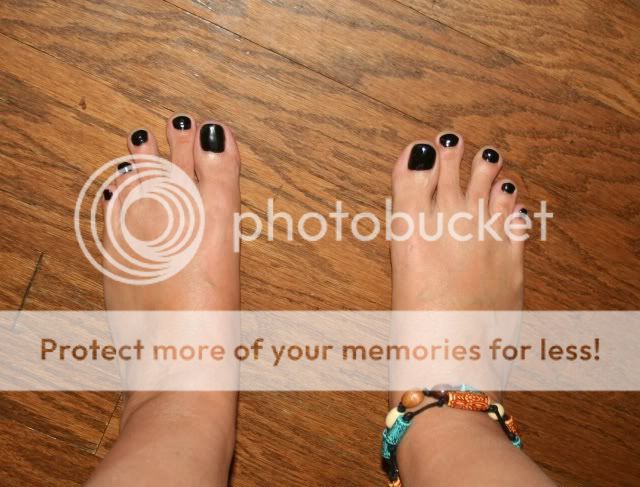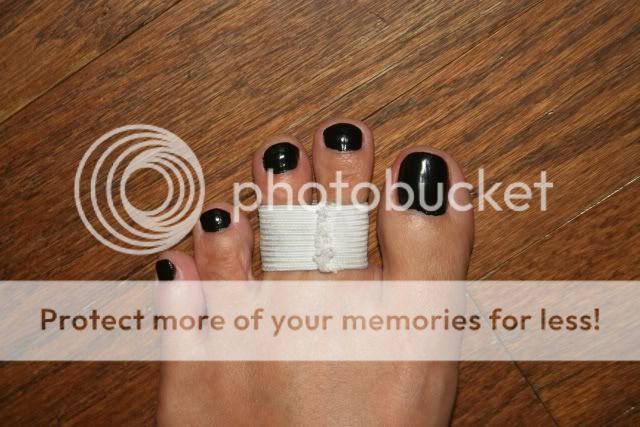I've transitioned from all-shoe wo 1/3 BF and 2/3 shoe milage over the course of a little more than a year, in between with a little VFF running and from mostly VFF wear to an all BF lifestyle (except when running longer distances) since 1st of March this year.
However I do have a constant problem with my left foot that after a certain time (and it is really time not only distance) of either walking, running or even just standing barefoot my left foot on/below the 2nd and 3rd toe starts hurting pretty badly. Pain increases when movement/standing is not stopped. Once I do stop the action (or sit down) pain goes away pretty quickly (it completly vanishes after around 30 minutes). Pain takes much longer to come in once I do move/stand on soft surfaces (even light gravel) but comes quickly on concrete or asphalt.
I have no idea what it is, since it also happens when I just stand around for longer periods of time it can not really be created by running form or moving form. Pain happens when BF or in VFF, always some spot. Sometimes when stretching my toes in that situation i have sort of a snapping feeling below the 2nd/3rd toe as if something was being hindered in its motion. Fascinating is that the worst painful part is any pressure (especially on an uneven surface then) on the foot from below on/between 2nd and 3rd toe. Oh, toe counting wise, the big toe would be number 5, small toe number 1.
It currently keeps me from running anything above roughly 10k on asphalt. Pain sets in after approx 8-9k or 45m of walking steadily, even approx. 45m standing start the pain (but less than walking/running). It does not get any better by training, it has not changed in a year.
Anyone got any idea what that can be and what could be done to get rid of it ?
However I do have a constant problem with my left foot that after a certain time (and it is really time not only distance) of either walking, running or even just standing barefoot my left foot on/below the 2nd and 3rd toe starts hurting pretty badly. Pain increases when movement/standing is not stopped. Once I do stop the action (or sit down) pain goes away pretty quickly (it completly vanishes after around 30 minutes). Pain takes much longer to come in once I do move/stand on soft surfaces (even light gravel) but comes quickly on concrete or asphalt.
I have no idea what it is, since it also happens when I just stand around for longer periods of time it can not really be created by running form or moving form. Pain happens when BF or in VFF, always some spot. Sometimes when stretching my toes in that situation i have sort of a snapping feeling below the 2nd/3rd toe as if something was being hindered in its motion. Fascinating is that the worst painful part is any pressure (especially on an uneven surface then) on the foot from below on/between 2nd and 3rd toe. Oh, toe counting wise, the big toe would be number 5, small toe number 1.
It currently keeps me from running anything above roughly 10k on asphalt. Pain sets in after approx 8-9k or 45m of walking steadily, even approx. 45m standing start the pain (but less than walking/running). It does not get any better by training, it has not changed in a year.
Anyone got any idea what that can be and what could be done to get rid of it ?









